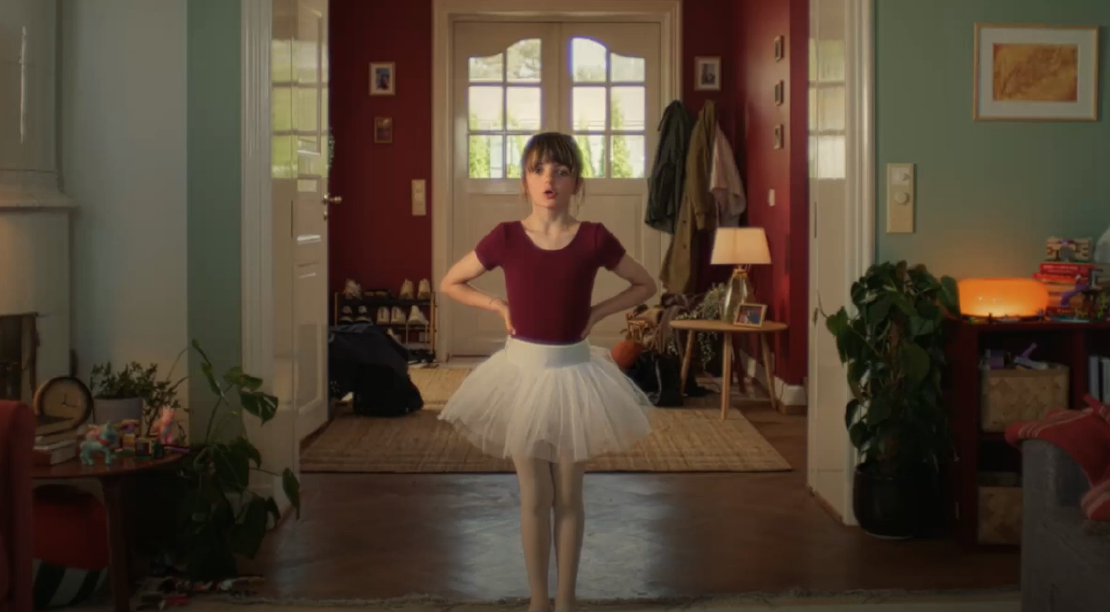Are you getting enough sleep but still feeling tired? Perhaps you are not getting the right type of rest. There are different types of rest that we have in our toolbelt, but we might not be aware of them or may not be utilizing them properly.
I attended a virtual conference the other day about various ways of regulating your nervous system. One of the sessions that I attended was about seven types of rest by Dr. Saundra Dalton-Smith. She is a celebrated author, international speaker, and successful entrepreneur. She is the CEO of Restorasis, a workplace well-being consultancy firm, and has garnered recognition from respected media outlets such as Prevention, MSNBC, and TED. Her best-selling book Sacred Rest: Recover Your Life, Renew Your Energy, Restore Your Sanity explores the often-overlooked nuances of rest, emphasizing the importance of recognizing and addressing individual rest deficits. In this article, I will be sharing my summary and insights from watching the session. She even has a website with a questionnaire where you can do a self-assessment to see which of the 7 types you need to improve. Here is a link to the Rest Quiz if you want to try it out.
The takeaways
There are seven types of rest according to Dr. Saundra Dalton-Smith and they are as follows with some examples from me on different types of resting activities.
Physical rest
There are passive and active forms of physical rest. Passive physical rest includes sleeping and napping. Active physical rest refers to activities that improve circulation and lymphatic flow, as well as “muscle fluidity”.
Examples of a physical rest might be:
- Passive rest: Consistent good night sleep and sleep schedule. Powernaps when needed.
- Active rest: You could do stretching exercises, yoga or similar activities that relax your muscles.
- Bloodflow boosters: Go for a walk, swim, or other low-impact exercises that stimulate blood flow.
Mental rest
Mental rest refers to the ability to have mental clarity, focus, and concentration.
Examples of mental rest might be:
- Brain dumps: Keep some system around dumping down information from your head. By doing that you lower the pressure of tracking things in your head.
- Take breaks: Set up a system where you take regular breaks throughout your day to avoid fatigue.
- Mindfulness exercises: Doing breathing exercises or short meditation to quiet the mind can get you far, once you have gotten the hang of it.
Spiritual rest
Spiritual rest connects people to something bigger than themselves and fosters feelings of purpose in life.
Examples of spiritual rest might be:
- Work on your purpose: Align or adjust your core values through reflection, meditation, or engaging in practices that lift your spirit.
- Community involvement: Seek out and spend time with groups or people that share similar beliefs or values as you.
- Identify your wins: Reflect and document things that you are grateful for. You could do that as part of your daily mindfulness routine.
Social rest
Social rest requires individuals to examine their relationships and determine if they provide support or drain energy. Social rest involves spending time with people who are “uplifting and life giving”.
Examples of social rest might be:
- Connect with intention: Spend time with people who are supportive, positive and lift your energy. Often this is a mutual mood booster.
- Set boundaries: Find ways to reduce interactions with individuals who drain your energy.
- Quality over Quantity: Socialise in smaller settings such as one-on-one with a friend or a family member rather than in bigger groups.
Emotional rest
This type of rest focuses on being authentic and having real, open experiences with others
Examples of emotional rest might be:
- Express yourself: Find ways to release emotions. You can do that, for example, by journaling, talking to a friend, or confiding in a therapist or coach.
- Set boundaries: Again, allow yourself to say “no” to demands or relationships that are emotionally draining.
- Be authentic: Practice being open and honest in how you interact with others and share your true thoughts and feelings.
Sensory rest
Sensory rest involves limiting sensory inputs from gadgets, bright lights, loud sounds, and phone notifications
Examples of sensory rest might be:
- Reduce digital invasion: Limit your screen time, minimise notifications, put on “night shift” settings on your phone/computer.
- Find Quiet spaces: Take breaks in quiet settings. You can use noise-cancelling headphones as well as an aid.
- Soothing surroundings: Dim harsh lights and surround yourself with calming colors and natural materials.
Creative rest
Activities that inspire awe and wonder promote creative rest. Creative rest can be found in nature, art, music, dance, and theater. Restoring creative energy can help people to think outside the box and problem-solve.
Examples of Creative rest might be:
- Embrace Nature: Spend more time in nature. There is a reason why we feel inspired or relaxed in green spaces, around water or in a scenic landscape.
- Embrace your artsy self: Visit an art gallery, listen to music or watch a performance that stimulates you in creative ways.
- Daily inspirations: Collect or keep images, colors, object that inspire around you in your workspace or home.
What have I been doing?
For a long time, I didn’t prioritize rest, often joking that I’d “sleep when I’m dead.” That mindset, however, wasn’t ideal for me, and I’ve since become more mindful about the different types of rest I might need. Previously, I focused mainly on getting around seven hours of sleep. Now, I incorporate a variety of restful activities, like spending time in nature, practicing mindfulness, and playing guitar.
While working in my home office, I play music less often to keep distractions low, but during breaks, I pick up my guitar and play a song or two throughout the day. I also try to incorporate at least three 30-minute mindfulness sessions each week, along with shorter daily sessions or simply practicing gratitude.
I’m far from perfect in my practice, but that’s okay—I’m noticing progress and positive changes over time. Just like building any habit, certain types of rest are starting to compound, and some are even becoming part of my routine.
What have you been doing?
Which type of rest helps you balance your energy levels the most? Are there specific activities that refresh you?
Credits & Acknowledges
Photo by Julia Caesar on Unsplash


